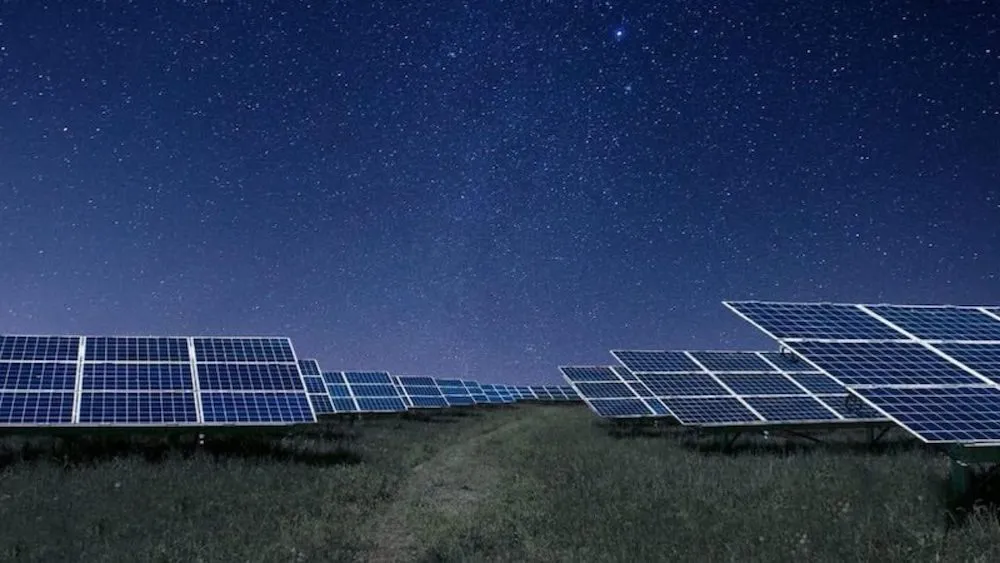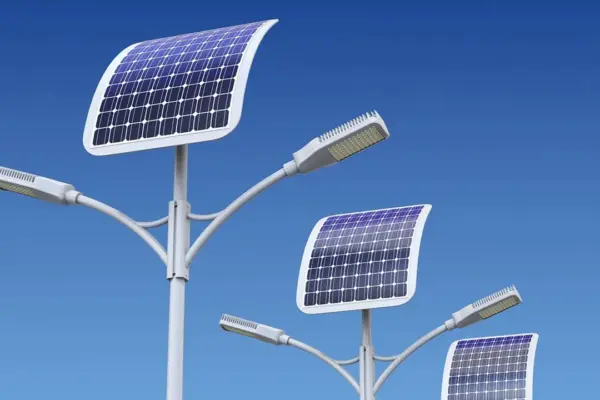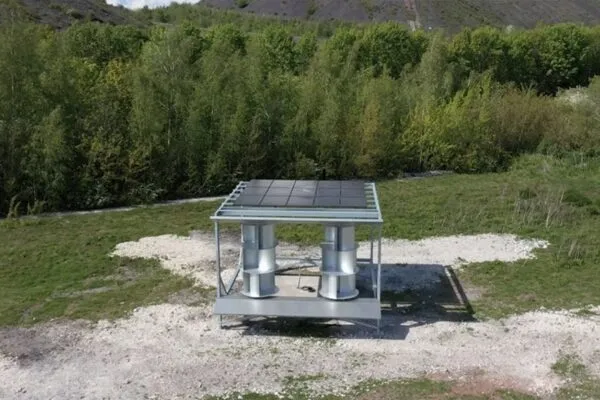New Night-Time Solar Technology Generates Electricity in the Dark
Researchers from the University of New South Wales have managed to generate electricity using a thermoradiative diode, which can harvest re-emitted solar energy at night
Many companies across the globe are now switching to solar power for generating clean energy. Scientists are also studying more about other potential uses of solar panels. Recently, a team of researchers at the University of New South Wales in Sydney, Australia has managed to generate electricity in the dark using a new night-time solar technology.
The night-time solar technology processes the heat radiated as infrared via a semiconductor device called thermoradiative diode. This new device can produce very little energy but the researchers believe it has more scope for modification to create more energy in the future. They can do so by using the current photovoltaics technology, which directly converts sunlight into electricity. If you already don’t know, photovoltaics is an artificial process developed by humans to convert solar energy into power.
The new night-time solar technology called Thermoradiative Diode works like an inverse of a solar cell. That means, it absorbs the earth’s thermal energy that’s radiated upward to a colder area. After that, the device turns the flow of the energy across the temperature differential into its electrical potential. It works similarly to the materials used in the processing of infrared night vision goggles. Hence, it is visible in the night-vision goggles.

Image: Renew Economy
It is completely the inverse of how traditional solar cells work, as per Dr. Michael Nielsen, a lecturer and researcher at UNSW‘s School of Photovoltaic and Renewable Energy Engineering. However, the new technology still utilizes a semiconductor P-N junction as the device’s core (but it runs in reverse).
Nielsen also feels that the idea of thermodynamically producing electricity through light emission instead of absorption may be weird for many. But just like a solar cell, it has a heat engine. The only difference is that it swaps the power converter from the cold end (solar cell) to the hot end (thermoradiative diode).
This happens as it’s convenient to convert the flow of energy between various forms. And, the thermoradiative process works the same way. The researchers divert the energy flowing in infrared from the warm earth into the cold universe. That’s how it can successfully absorb the earth’s heat, which it usually absorbs throughout the day and then radiates back into space at night.
Not just the UNSW researches, but even the Stanford University engineers did something similar. They have invented night-time solar panels that can generate electricity even without the Sun’s energy. It seems that we are on our way forward to make the most of clean energy for the future.
Via: India Today


